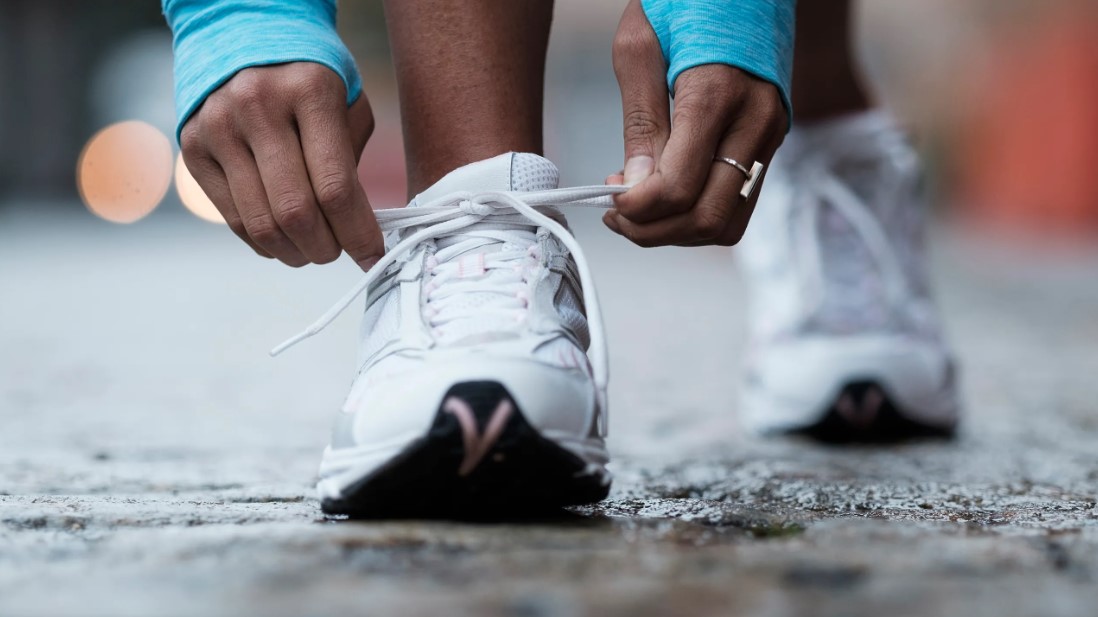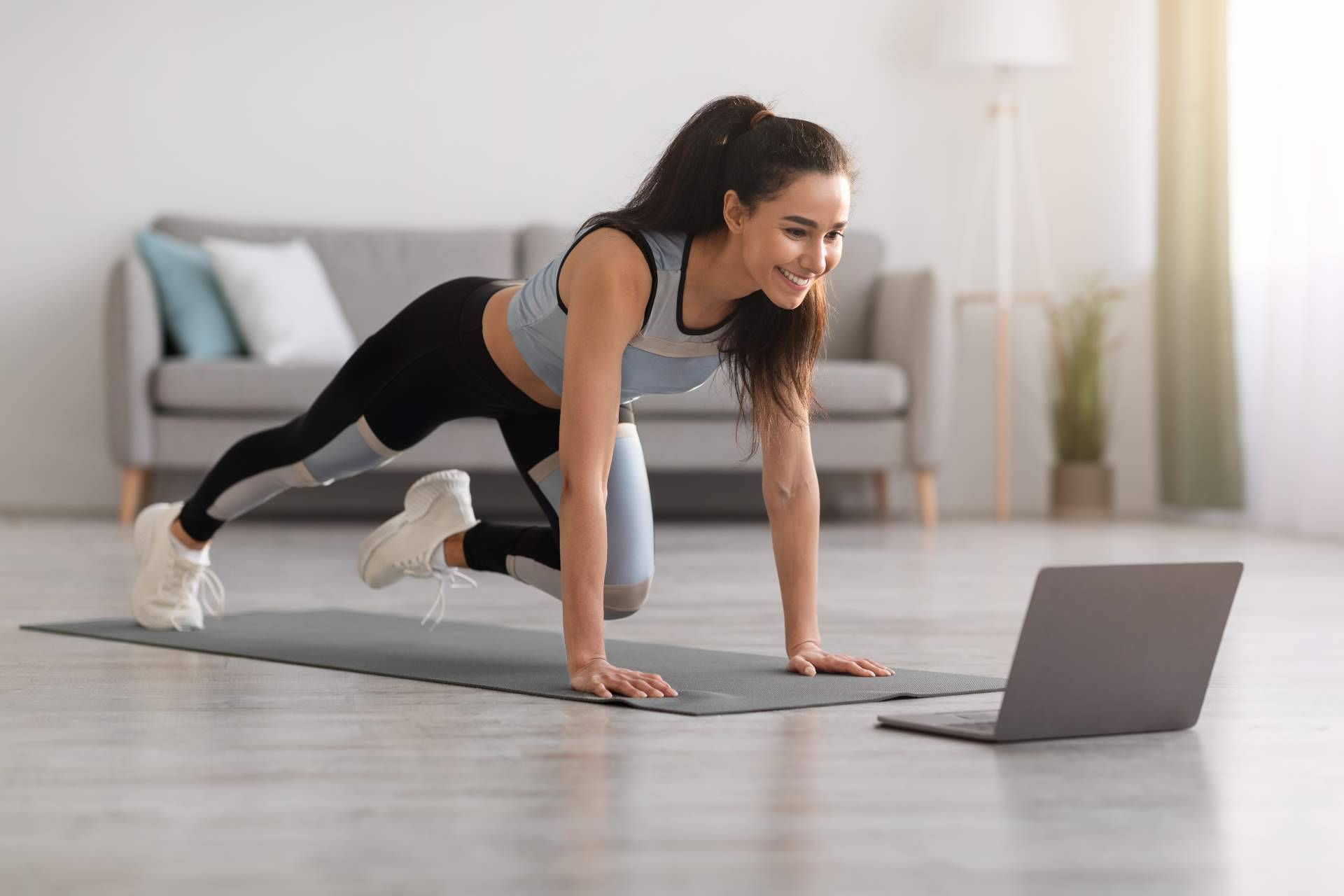Why Stretching Is Important
Stretching feels like meditation: most of us have everything we need to do it more often, but it takes discipline, determination, and minimal technical support. Stretching is often associated with relaxing muscles before and after a workout to reduce the risk of injuries, but the benefits of stretching are not limited to a sense of flexibility. Here’s why you should develop flexibility, and here’s how to do it well.
Stretching: 101
Most people are constantly tensed and because of this individual areas begin to compensate. Stretching allows you to relieve all the tension in your body so you can move and function quite effectively, regardless of the exercise.
The nice thing about stretching is that you don’t have to be an athlete to seriously engage in this activity. Stretching is good for our body’s overall function, as the digestive system works better after physical activity. That said, just a few simple tips can help improve flexibility and allow you to start stretching like a pro.
Why Is It Important to Stretch?
- The most trivial reason is to stay beautiful. Athletes know that even well-trained muscles look “stiff” and the body looks chunky without stretching. But even for those who are not going to exercise seriously, but rather for pleasure and health, stretching will help to become slimmer and more graceful.
- Stretching keeps your joints healthy. Cartilage and ligaments have no blood supply. The only way to bring nutrition to them is through stretching exercises. By exercising regularly, our joints and spine will stay mobile and youthful.
- Stretching exercises improve coordination, and strengthen joints. Make ligaments more elastic. So we reduce the risk of injury if, for example, we slip and fall.
- Stretching exercises are great for improving the mood, one becomes more balanced and self-confident.
- Stretching stretches muscles and ligaments and helps relieve muscle fatigue, soreness, and even nervous tension. Stretching is very useful for office workers who spend many hours in the same position at the computer.
Does It Hurt?
Stretching is not the most painless activity, and neither is any workout from which we want to get results. Quiet music will help you to focus and relax the correct muscle groups.
Usually, there are two types of pain:
– With the right body position, there is tension, which turns into a pulling, pleasant pain, while the muscles “breathe” and get oxygenated. By the way, correct breathing during the stretching – with deep breaths and long exhalations – helps to reduce such painful sensations to zero;
If you don’t observe the correct body position during the exercise or overdo the intensity, you may pinch a nerve, and as a result, there is sharp, severe pain. This is a signal to stop, correct your posture, and start stretching again.
Top Mistakes During Stretching
Expecting too fast results
Some people are quite flexible by nature, but most people need quite a long time to develop muscle elasticity. For example, girls, first of all, want to learn to sit on the splits. They are often in a hurry and allow sharp movements, which leads to injuries, in working on the flexibility of need to stock up on patience. It is important to approach the stretching carefully so as not to harm yourself. It is desirable to perform exercises under the control of a coach.
Performing stretching too often or too infrequently
Muscles need time to recover, so doing stretching too often makes no sense and is simply traumatic. It is also useless to stretch from time to time. It is important to practice systematically.
Stress on the ligaments and joints
It happens that along with the muscles, other tissues are pulled, which can lead to deplorable consequences. To avoid this, for example, when stretching leg muscles, bend your knees a little so you reduce the load on the ligaments and joints. Likewise, when working on the cross twine, turn your toes upward to not overload your ankle.
Asymmetrical work
To maintain body balance, you need to stretch every muscle. That is, by stretching the left leg, don’t forget about the right leg as well. As already mentioned, stretching is not only about the muscles but also helps relieve fatigue, soreness, and nervous tension. Stretching exercises are very useful for office workers. Staying in the same position for a long time leads to unpleasant feelings due to blood stasis.
Exercising with a trainer
When you work out with a trainer, he or she helps you assume the right posture and push your body in the right direction to (moderately) increase the load and increase the benefit of the exercise. The advantage of working with a trainer, compared to stretching by yourself, is that not only are you working with a professional who knows what and how to do it right but it also promotes deeper stretches and quicker results.
Stretching under the supervision of a trainer supports proprioceptive neuromuscular facilitation, which decreases with age and is one of the reasons why flexibility lowers.
Be dynamic
Static stretching, which is traditionally done before a run, isn’t all that helpful. Many people think it’s helpful to stretch or hold a pose for 10 seconds, but studies have shown that it takes 30 to 40 seconds to hold a pose for static stretching to work. A better option is dynamic stretching, where muscles are stretched through movement, such as during lunges. You shouldn’t do static stretching before a workout, especially when you go to the gym, because you will lose 25 to 25 percent of your strength. One of the basic characteristics of muscles and their fibers is that the longer the muscle, the stronger it is.
Feel your body
How much is “too much”? It’s helpful to keep an eye on intensity: on a scale of 1 to 10, you should feel a “pull” of 7 during stretching. If your body associates the sensation during stretching with pain, it will get defensive. You have to be below that level so your body can relax and stretch even more. And, as with any exercise, there is a cumulative effect: the muscles will return to their original state if you don’t stretch them hard enough and regularly enough. If you’re working sitting up and your hips are flat, that’s where regression will occur particularly quickly. So it’s important to keep stretching even after reaching the level you were aiming for.
For premium readers






